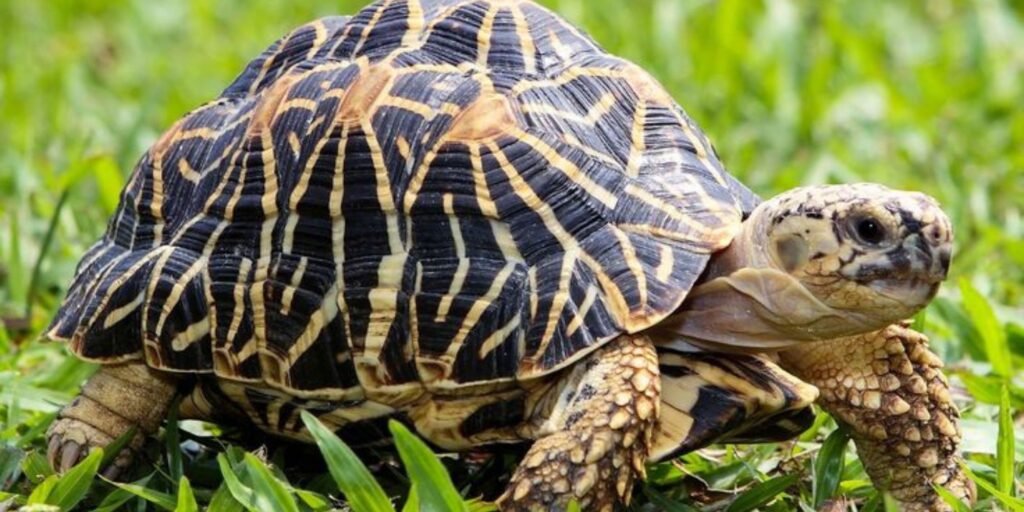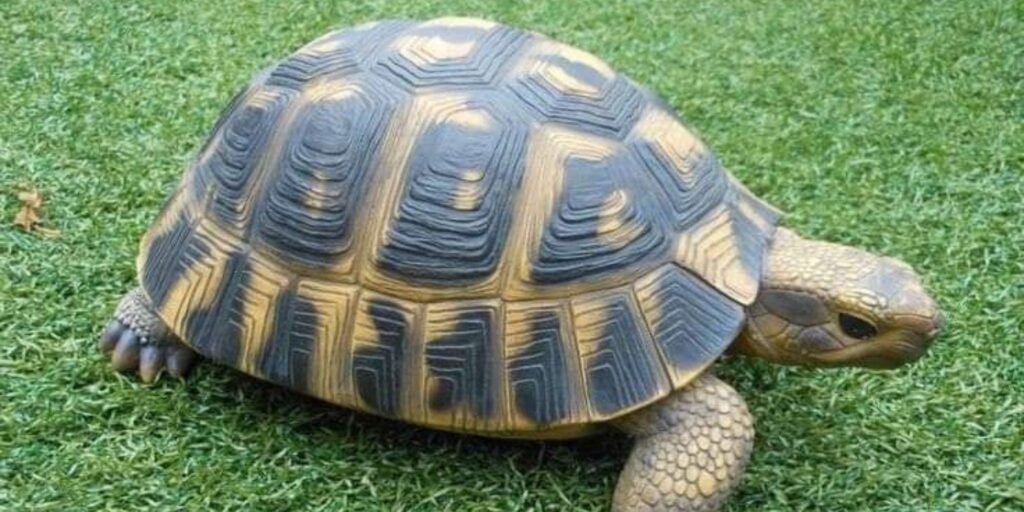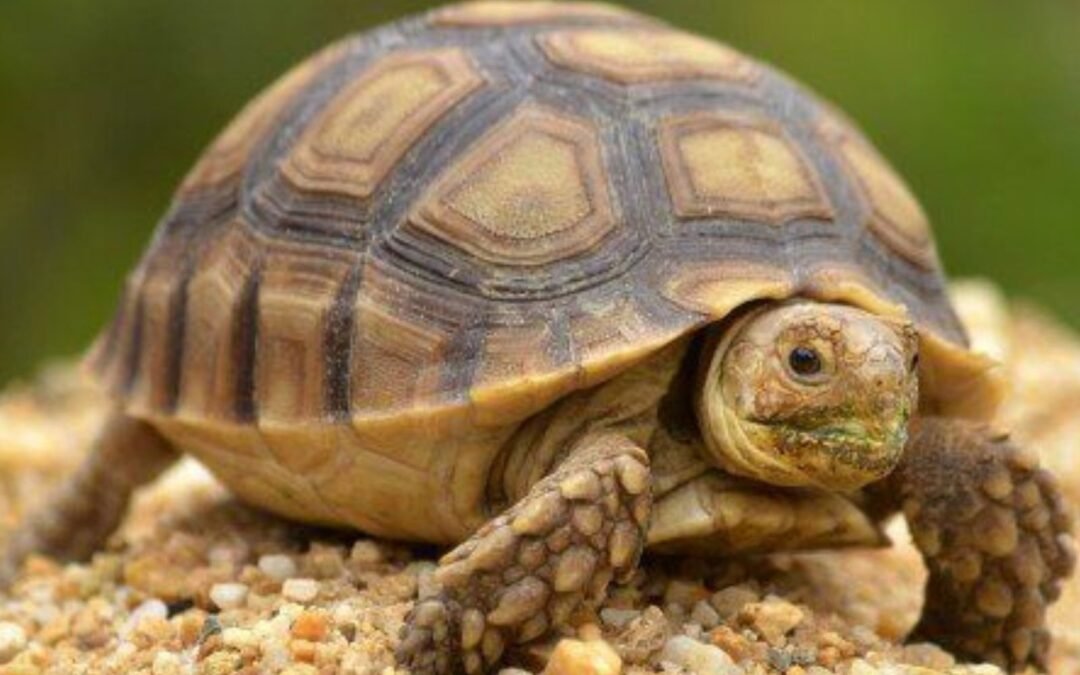Tortoises Types: Complete Guide has long captivated our hearts and minds with their unique charm and intriguing lifestyles. From arid deserts to lush forests, these remarkable creatures come in a fascinating array of species. Each tortoise type offers something special, whether you’re an avid collector or simply curious about them. Join us as we journey through the world of Tortoises Types: Complete Guide, exploring their habitats, needs, and some fantastic breeds that make for wonderful pets. Discover what makes each tortoise truly one-of-a-kind in this Tortoises Types: Complete Guide!
Exploring the World of Tortoises: A Guide to Different Species
Tortoises are fascinating creatures, with over 300 species showcasing diverse adaptations and environments. From sprawling deserts to vibrant forests, these reptiles thrive in various habitats across the globe.
Each species possesses unique traits that make them stand out. Whether it’s their shell design or dietary needs, understanding the differences can deepen your appreciation for these ancient beings and guide you in choosing the right tortoise for companionship.
Types of Tortoises
Tortoises Types: Complete Guide explores the diverse world of tortoises, each adapted to unique environments. From arid deserts to lush forests, these reptiles have evolved different characteristics that help them thrive.
Desert tortoises are built for dry climates, while forest tortoises prefer shaded, humid areas. Understanding these distinctions can enhance appreciation and care for these fascinating creatures. Dive into Tortoises Types: Complete Guide to learn more about their habitats, behaviors, and care needs.
Tortoises types: Desert Tortoises

Desert tortoises thrive in arid environments, primarily found in the Mojave and Sonoran deserts of North America. Adapted to extreme temperatures, they can store water efficiently, allowing them to survive long dry spells.
These tortoises have a distinctive domed shell, often ranging from beige to brown. They play a crucial role in their ecosystem by digging burrows that provide shelter for other desert inhabitants.
Tortoises types: Forest Tortoises
Forest tortoises thrive in the lush, humid environments of tropical and subtropical forests. They often have rich, earthy colors that blend seamlessly with their surroundings, helping them evade predators.
These tortoises require dense vegetation for shelter and food. Their diet typically includes leaves, fruits, and flowers found on the forest floor. This habitat not only provides sustenance but also essential moisture for their survival.
Tortoises types: Mediterranean Tortoises
Mediterranean tortoises, primarily found in regions like Southern Europe and North Africa, are known for their stunning shells and varied habitats. These species thrive in warm climates, often dwelling in scrublands and grasslands.
They are generally herbivorous, feeding on a diet of grasses, leafy greens, and flowers. Their unique adaptations allow them to endure dry conditions while maintaining health through seasonal changes.
10 Fantastic Pet Tortoise Breeds for All Levels
If you’re considering a tortoise as a pet, there are several fantastic breeds to choose from. Each has unique traits that cater to different skill levels and preferences.
The Russian Tortoise and Hermann’s Tortoise are great for beginners. For more experienced owners, the Pancake Tortoise or Indian Star Tortoise offers distinct care challenges and stunning appearances. Explore these options to find your perfect companion!
Tortoises types: Russian Tortoise (Testudo horsfieldii)

The Russian tortoise, known scientifically as Testudo horsfieldii, is a small yet resilient species. Native to the dry grasslands of Central Asia, they thrive in arid environments. Their sturdy shell and charming demeanor make them popular among pet owners.
These tortoises are herbivorous, enjoying a diet rich in leafy greens and vegetables. With proper care, they can live for over 50 years, becoming long-term companions for enthusiasts.
Hermann’s Tortoise (Testudo Hermann)
Hermann’s Tortoise, native to Europe, showcases a beautifully patterned shell. Its striking yellow and black coloration makes it a favorite among tortoise enthusiasts.
This species thrives in warm, dry environments like scrublands and forests. They are generally friendly creatures that enjoy sunbathing and foraging on various plants. Their manageable size makes them suitable as pets for both beginners and experienced keepers alike.
Greek Tortoise (Testudo graeca)
The Greek tortoise, scientifically known as Testudo graeca, is a fascinating species native to the Mediterranean region. These small to medium-sized tortoises possess beautifully patterned shells that vary in color from yellow to brown.
Greek tortoises are herbivores and thrive on a diet of leafy greens and flowers. They enjoy warm climates but require shade and water sources for hydration during hotter months.
Red-footed tortoise (Chelonoidis carbonara)
The Red-Footed Tortoise is a vibrant and sociable species native to South America. Its distinctive red or orange markings on the limbs and head make it easily recognizable.
These tortoises thrive in tropical rainforests, enjoying a varied diet that includes fruits, leaves, and flowers. Their friendly nature often makes them popular pets among tortoise enthusiasts seeking an engaging companion.
African Spurred Tortoise (Centrochelys sulcata)
The African Spurred Tortoise, also known as the Sulcata tortoise, is one of the largest species. Native to the Sahara Desert, they can weigh over 100 pounds and grow up to 30 inches long. Their distinctive spurred shell offers protection against predators.
These gentle giants are herbivorous and thrive on grasses and leafy greens. With proper care, they can live for more than 50 years in captivity.
Leopard Tortoise (Stigmochelys pardalis)
The Leopard Tortoise is a stunning species known for its striking pattern of yellow and black shell markings. Native to the savannas of Africa, this tortoise can grow up to 18 inches long and weigh between 30-50 pounds.
These gentle giants prefer warm climates and enjoy a herbivorous diet consisting mainly of grasses and leafy greens. Their personality is calm, making them an excellent choice for dedicated tortoise enthusiasts.
Marginated Tortoise (Testudo marginata)
The Marginated Tortoise is known for its striking, bold shell with a distinct raised margin. Originating from the Mediterranean region, it’s one of the larger European tortoise species.
These tortoises thrive in various habitats, including grasslands and scrub forests. Their diet mainly consists of leafy greens and flowers, making them easy to care for as pets with proper nutrition.
Pancake Tortoise (Malacochersus tornieri)
The Pancake Tortoise, native to Tanzania and Kenya, stands out with its unique flat shell. This distinctive shape allows it to squeeze into tight crevices for protection against predators.
Despite their name, these tortoises are agile and enjoy climbing rocky terrains. They thrive in warm environments and require ample space to roam, making them a fascinating choice for dedicated reptile enthusiasts.
Tortoises types: Egyptian Tortoise (Testudo kleinmanni)
The Egyptian tortoise, or Testudo kleinmanni, is a small and delicate species native to the Mediterranean region. Its striking yellow and brown shell patterns easily capture attention.
This tortoise thrives in arid environments but faces threats from habitat destruction. Its compact size makes it popular among pet owners, yet proper care is essential for its health and longevity.
Tortoises types: Indian Star Tortoise (Geochelone elegans)
The Indian Star Tortoise is known for its striking star-patterned shell, making it one of the most visually captivating species. Native to India and Sri Lanka, this tortoise thrives in dry environments.
These reptiles are relatively small, reaching about 10 to 12 inches in length. They prefer a diet rich in leafy greens and vegetables but require proper care due to habitat loss threats.
Choosing the Right Tortoise
Choosing the right tortoise starts with understanding your lifestyle and habitat. Consider how much space you have, as some species need more room to roam than others.
Research each breed’s dietary needs and temperament. Some are more social, while others prefer solitude. Factor in their lifespan too; many tortoises can live for decades, so commitment is essential before bringing one home.
Lifespan of Tortoises
Tortoises are known for their impressive longevity. Many species can live for several decades, with some individuals reaching over 100 years. This remarkable lifespan often makes them a long-term commitment for pet owners.
Factors such as diet, habitat, and care significantly influence their longevity. Providing the right environment and nutrition is essential to help these fascinating creatures thrive throughout their lengthy lives.
Climate Needs for Tortoises
Tortoises thrive in specific climates that mirror their natural habitats. Desert tortoises prefer arid, warm environments, while forest species need more humidity and shade.
Temperature control is crucial for their health. Ideal ranges vary by species but generally hover between 75°F to 90°F during the day. Providing appropriate lighting and heating ensures they receive essential UVB rays vital for shell development and overall well-being.
Conservation Concerns of Tortoise Species
Many tortoise species face severe threats due to habitat loss, climate change, and poaching. These factors have led to a decline in their populations worldwide.
Conservation efforts are crucial for protecting these remarkable creatures. Initiatives include habitat restoration, breeding programs, and legal protections to combat illegal trade. Raising awareness about the importance of tortoises can also foster community support for their preservation.
Tortoise vs Turtle: Understanding the Differences and Similarities
Tortoises and turtles often confuse people. Both belong to the order Testudines, but they have distinct characteristics. Tortoises are land-dwellers with dome-shaped shells and sturdy legs, while turtles prefer aquatic environments with flatter shells.
Despite these differences, both share a slow-paced lifestyle and similar diets that can include plants or small animals. Their unique adaptations make them fascinating creatures worth learning about

